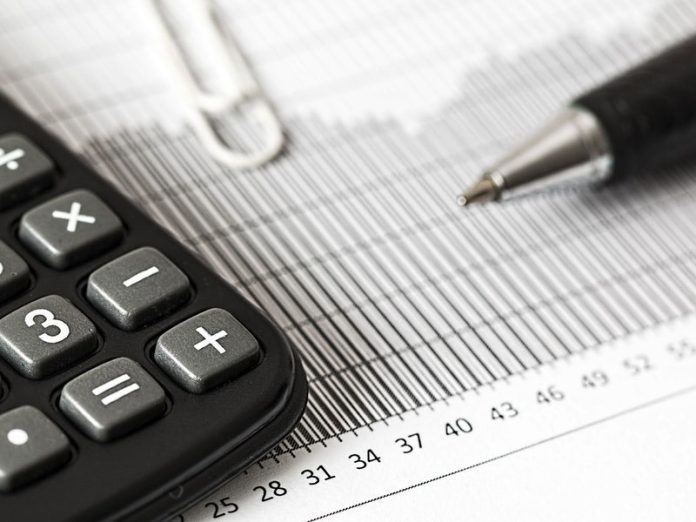Tax technology is a type of system, software, or programme that helps in the digitization of tax processes. Tax technology is helpful in saving time and it increases the efficiency of tax professionals. There have been tremendous changes in the structure of tax processes and the organisation should keep pace with the changing patterns and trends in tax processes. The focus of tax has completely shifted from compliance to digitization of the tax process. Digitization of the tax process connects the customers, statutory authorities, tax consultants, etc. and reframes the working culture and takes the form of global connectivity. This article gives a general overview of tax technology and its transformation.
Specific areas where tax technology is needed
Tax technology is significantly required in automated tax data collation and reconciliation. Tax authorities spend major time on Enterprise Resourcing Planning (ERP) data and spreadsheets from multiple systems for tax compliance, statutory and internal reporting. So this area requires significant technology in the tax process. Tax technology is also required in digital tax governance. With the implementation of faceless tasks, it becomes important for companies to be cautiously ready with tax data and documents. Presently, most tax functions maintain tax status on spreadsheets and documents in shared drives. There are lower level insights mentioned to tax and finance authorities on a routine basis. To overcome this issue, digital tax governance is required. Tax technology is required to overcome repetitive transactions in the software. Companies with a lot of tax data often waste a lot of time on repetitive and voluminous transactions, and tax technology can help with that. Tax technology is also required in tax data analysis, which scrutinises the data for tax across the chain of supply and GST. For more insights visit TPA Global.
The importance of tax technology
Tax technology is important for tax authorities to save their effective time and increase transparency in the tax process. There are various benefits of technology in the tax process. Tax technology helps in increasing the accuracy and compliance of the tax process by enhancing internal knowledge and control and sticking to regulations. Tax technology also increased transparency in the system by reducing the bureaucratic burden on international reporting compliance and by marking a line between tax rates. It also helps in accessing the data anytime and anywhere in the world and facilitates global collaboration because it has no language barriers. Tax technology also improves the tax process’s working culture because it shifts the focus to strategy analysis and people are less concerned with stringent compliance. It creates a healthy environment in the tax department and helps in the retention of the task in a positive way. Tax technology enhances the structure of the tax process because it removes all the repetitive transactions and duplicate work and helps the staff focus on much more important areas rather than on these clerical tasks. With the introduction of technology in tax, facilitation of data is easy.
Conclusion
Tax technology is a system that helps in the digitization of tax processes. It has many benefits associated with it. It enhances the working culture and productivity of the tax professionals. There are various areas in which this technology turns out to be very useful, like automated data collection, removal of duplicate work, etc.


































